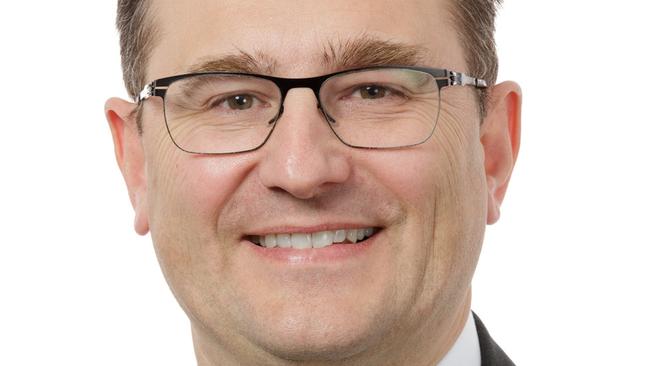Australian students performing worse than Chinese counterparts: PISA survey
Australian students are lagging up to three and a half years of schooling behind students of the same age in China and Singapore.

Australian students are lagging up to 3½ years of schooling behind students of the same age in China and Singapore, with the impact of Australia’s decades-long decline in university entry standards for teachers identified as one cause of the problem.
The Program for International Student Assessment 2018 report ranks Australian students as significantly worse performers than those in Japan, Canada and Poland across reading, mathematics and science, with experts clashing with the Education Minister over the role funding has played in causing the disparity.
The assessment, which tested 15-year-olds from Australia and 79 other countries and territories on their ability to apply learned knowledge in real-world scenarios, ranked Australian students as 29th best for mathematics literacy, 17th in science and 16th in reading.
The latest results are part of a continued decline since 2003, when Australian students ranked fourth in the world for literacy, and 11th for mathematics. When the international program began assessing scientific literacy in 2006, Australian students ranked eighth. China (Beijing, Shanghai, Jiangsu and Zhejiang provinces only), Singapore, Macau, Hong Kong and Estonia consistently led 2018’s rankings across reading, mathematics and literacy.
The contrast between the world’s top performing nations and Australia was greatest in mathematical literacy, where 15-year-old Australian students performed the equivalent of more than 3½ years of schooling behind Chinese students, and about three years lower than students in Singapore.
Australians also performed the equivalent of three years of schooling lower than Chinese students in science, and 1½ years of schooling lower than Chinese students in reading. The report describes Australia’s proportion of high achievers in science as “declining significantly”.
Responding to the rankings slump, Education Minister Dan Tehan pointed to Estonia.
“Money is not the issue because Estonia was the top-performing country in reading and science and they spend half as much money per student as Australia’” Mr Tehan said.
Peter Goss, Grattan Institute school education program director, said government education spending could not be compared to other economies’ salaries, and other factors like capital funding of private schools were different.
“In Estonia, they live or die by their education. They’ve been focused on it for a while as a strong part of their economy, particularly the technology elements and computing, but also in part as a matter of national security. By contrast, the health of Australia’s economy has centred about what we dig out of the ground, not human capital.
“As for Singapore, one thing it has done really well that Australia should copy is to create career pathways for the best teachers where they can stay focused on teaching, get paid appropriately, progress in their career, and don’t have to move out of the classroom to a leadership role without sacrificing career advancement.”
In addition to declining university entry standards for teachers, Mr Goss also pointed to a lack of career paths for educators, a lack of teaching data and a shift in instruction practices as why Australia is trailing internationally.



